Fusion Fuel Cycle Research and Development
The Opportunity: Abundant, Sustainable, Affordable Clean Energy
Fusion can play a major role in the energy transition as a firm, non-carbon emitting power source.
- Fusion energy companies received over $6 billion in private investment for commercialization of fusion energy technologies with anticipation of having grid-connected fusion pilot plant (FPP) by 2040.
- SRNL is collaborating with numerous companies through public-private partnerships, including INFUSE projects, Milestone Program projects, and Strategic Partnership Programs.
- SRNL is working with the DOE Fusion Energy Sciences (FES) program and the fusion energy community to help define the fuel cycle and blanket research objectives that will detail the technologies needed to get to an FPP.
- SRNL’s research improves the efficiency of the fuel cycle by reducing the amount of startup tritium that is needed, reducing the amount of tritium inventory during the plant while operational, and ensuring that tritium can be efficiently extracted from the breeding blanket to ensure self-sufficiency of the plants.
Fusion Energy Research at SRNL
SRNL is developing advanced fusion energy technologies to create an economic, efficient fuel cycle for a fusion pilot plant. This includes technologies to enable faster processing rates, provide lower overall tritium inventory, and account real-time for tritium in the system.
SRNL is also developing improved material solutions for fusion systems, structures, and components that reduce tritium retention and permeation.
Fusion Facts
- SRNL has more than 60 years of experience working with tritium and can leverage this expertise to develop fusion fuel cycles.
- SRNL is working with the DOE Office of Science Fusion Energy Sciences (FES) to help lead the development of fuel cycles for fusion energy commercialization.
- SRNL is leading the design and fabrication of the $250M ITER Tokamak Exhaust Processing (TEP) System.
- SRNL has Public-Private Partnership (PPP) focused collaborations with most fusion energy companies in the U.S.
- SRNL is working with Battelle Savannah River Alliance (BSRA) partner universities (Clemson, University of South Carolina, University of Georgia, Georgia Tech, and S.C. State) to advance fuel cycle technologies and develop the fusion workforce.
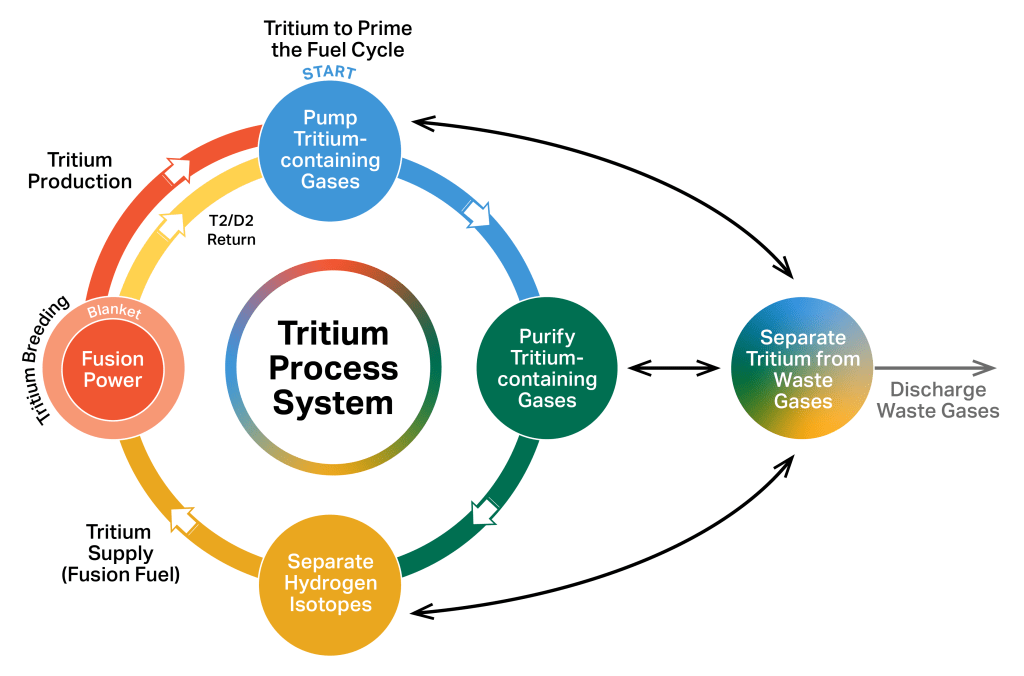
An overview of the fusion fuel cycle. The fuel cycle breeds new tritium and recovers unburned tritium, purifies it, and prepares it to be fed back into the reactor, creating a safer more efficient fuel cycle.
Advancing Fusion Fuel Cycle Science Through DOE INFUSE
SRNL is working with Advanced Research Projects Agency-Energy (ARPA-E) and the Fusion Energy Sciences program to develop innovative solutions to challenging steps in the fuel cycle.
New technologies being developed by SRNL can simplify fuel-cycle processes and reduce equipment costs, as well as provide more efficient solutions that reduce energy and other operational costs.
SRNL utilizes experimental modeling and simulation methods to better understand fuel-cycle technologies and develop improved materials and processes to make the fuel cycle safer to operate, lower its costs, and make it more environmentally friendly.
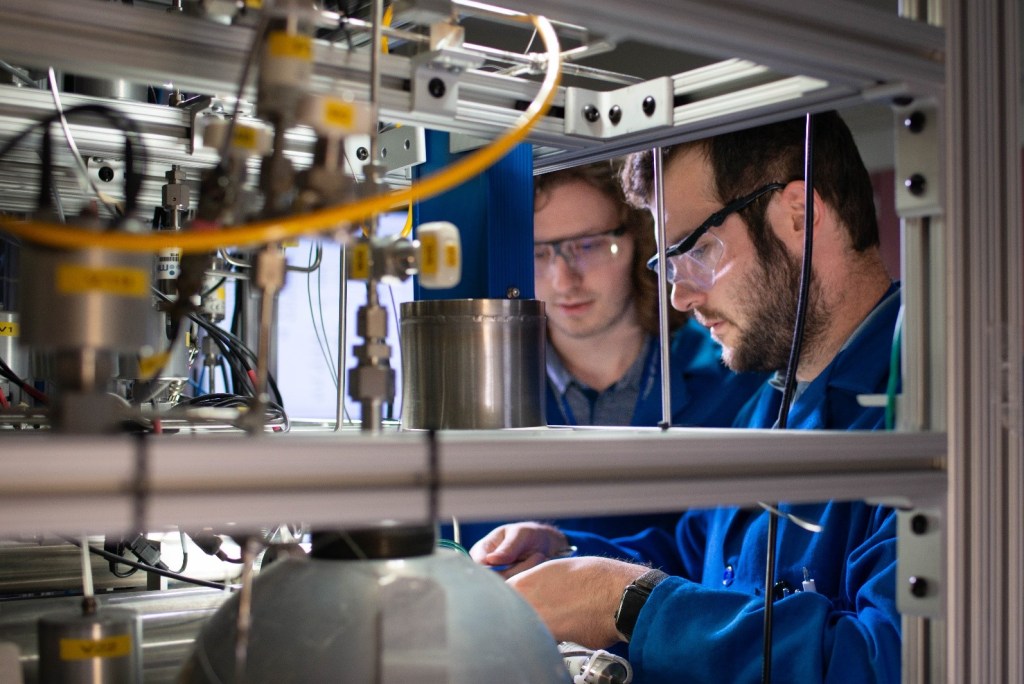
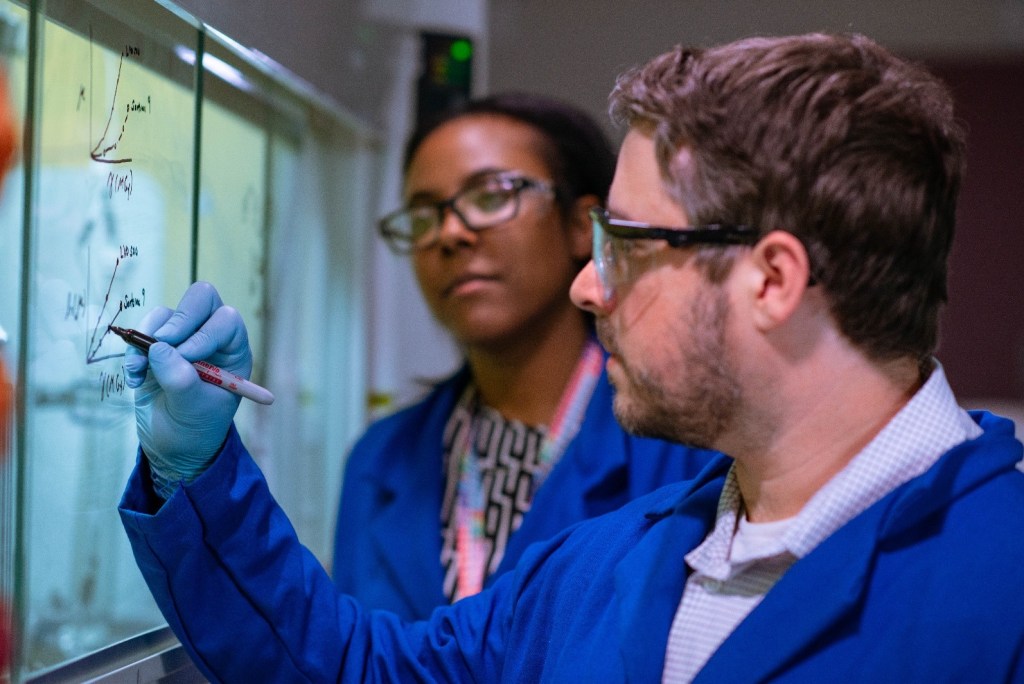
Fusion Energy Demonstrations at SRS
In addition to leveraging years of experience working with tritium, the unique resources at Savannah River Site (SRS) can help advance the commercialization of fusion energy by locating demonstration facilities at SRS or siting fusion pilot plants at SRS. Advantages of locating a fusion facility at SRS include staying within pre-approved tritium inventory amounts, exceptional site characteristics, and having defined environmental analyses.
SRS covers approximately 198,000 acres (310 square miles) adjacent to the Savannah River in Aiken, Barnwell and Allendale counties of SC. Facilities account for approximately only 5% of the SRS area; apart from facilities, land cover is a wide variety of natural vegetation types and the land available is well-suited for siting a plant. Darker areas in the graphic below are the best places for a proposed facility, based on site requirements and ranking the requirements.
SRNL is also helping the Fusion Energy Sciences Advisory Committee and FES to evaluate options for a Fuel Cycle Test Facility (FCTF) that can provide the research capabilities necessary to develop fuel cycle technologies to the maturity needed for an FPP.
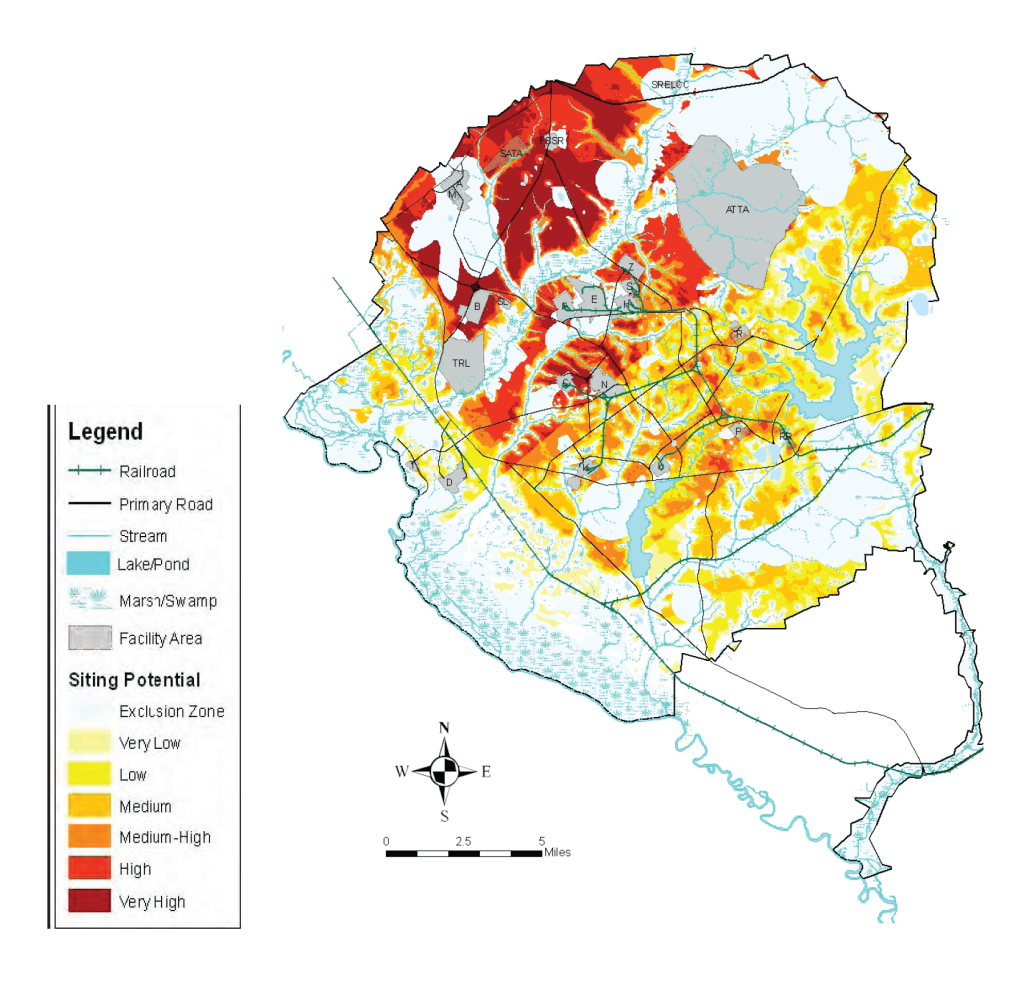
Leading the Fuel Cycle and Blanket Research Community
SRNL led fuel cycle and blanket workshops in partnership with Oak Ridge National Laboratory, MIT, Commonwealth Fusion Systems, Tokamak Energy and the Electric Power Research Institute (EPRI). More than 150 fusion energy community members attended the workshops. SRNL worked with the community members to develop the research objectives that will guide research investments and projects needed to get to an FPP.
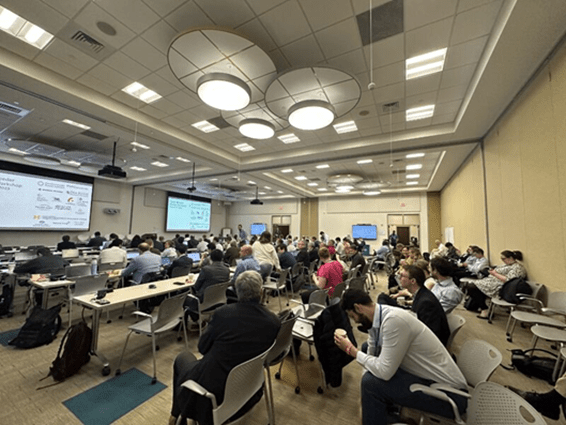
Watch a video about our Fusion research
Download Fact Sheet
Contact Information
Brenda Garcia-Diaz
803.507.8530
brenda.garcia-diaz@srnl.doe.gov